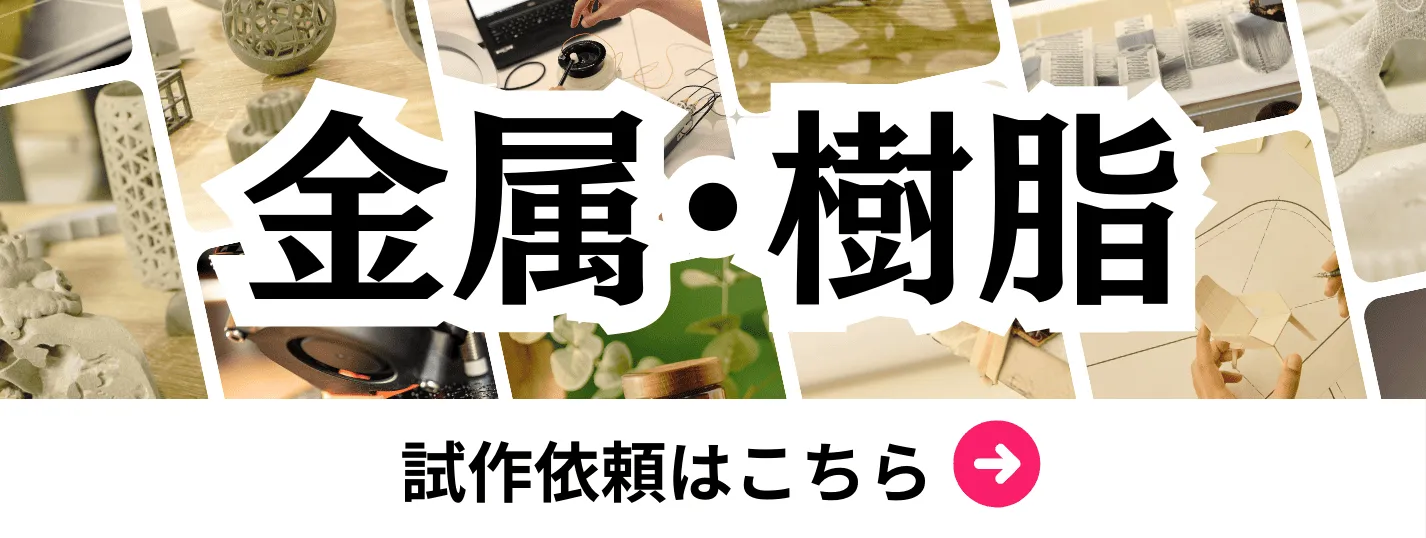- お役立ち記事
- Vehicle Sensor Technology and Its Contribution to Safe Driving
月間76,176名の
製造業ご担当者様が閲覧しています*
*2025年3月31日現在のGoogle Analyticsのデータより

Vehicle Sensor Technology and Its Contribution to Safe Driving

目次
Introduction to Vehicle Sensor Technology
Driving safely on the road has always been a primary concern for both drivers and manufacturers.
With advancements in technology, ensuring safe driving has become more achievable than ever before.
One of the major technological breakthroughs in this arena is vehicle sensor technology.
But what exactly is vehicle sensor technology, and how does it contribute to safe driving?
What is Vehicle Sensor Technology?
Vehicle sensor technology refers to the various sensors embedded within a vehicle to monitor and measure different parameters.
These sensors collect data, which is then processed to provide crucial information or take automatic control actions.
From monitoring tire pressure to detecting obstacles on the road, sensors play a critical role in modern vehicles.
Types of Vehicle Sensors
There are several types of sensors used in vehicles, each serving a unique purpose.
Some of the most common types include:
– **Radar Sensors**: Used for detecting objects at a distance, they are essential for adaptive cruise control and collision avoidance systems.
– **LiDAR Sensors**: These sensors use laser light to measure distance and are crucial for autonomous driving.
– **Ultrasonic Sensors**: Found mainly in parking systems, these sensors help detect objects that are very close to the vehicle.
– **Camera Sensors**: These provide visual information and are used in lane-keeping systems, traffic sign recognition, and night vision.
– **Temperature Sensors**: These monitor the engine’s temperature and other parts to prevent overheating.
– **Pressure Sensors**: Used in systems like TPMS (Tire Pressure Monitoring System) to maintain optimal tire pressure.
How Vehicle Sensors Enhance Safe Driving
Vehicle sensors contribute significantly to safe driving in multiple ways.
Let’s delve into how these tiny yet powerful components work their magic on the road.
Collision Avoidance
One of the primary functions of vehicle sensor technology is to help avoid collisions.
Radar and LiDAR sensors continuously scan the surroundings to detect any potential obstacles.
When an object is detected in proximity, the system can automatically apply the brakes or alert the driver.
This quick response time can be a lifesaver in emergency situations.
Lane-Keeping Assistance
Straying out of your lane can be dangerous and is one of the leading causes of accidents.
With the help of camera sensors, modern vehicles can now detect lane markings.
If the vehicle starts to drift out of its lane unintentionally, the system will either warn the driver or even steer the vehicle back into the lane autonomously.
This is particularly useful during long drives when fatigue sets in.
Blind Spot Detection
Changing lanes can be risky if there is a vehicle in your blind spot.
Ultrasonic and radar sensors can monitor these areas and alert the driver if there’s another vehicle in the blind spot.
Some systems even provide visual indications on the side mirrors to enhance safety further.
Adaptive Cruise Control
Driving on highways can be monotonous and tiring.
Adaptive cruise control systems use radar sensors to maintain a safe distance from the vehicle ahead.
These systems can automatically adjust the vehicle’s speed based on traffic conditions, making the drive less stressful and more safe.
Parking Assistance
Parking can be challenging, especially in tight spaces.
Ultrasonic sensors provide feedback on the distance to nearby objects, helping drivers park without incident.
Advanced systems can even park the vehicle autonomously, taking the stress out of parallel and perpendicular parking.
Monitoring Vehicle Health
Ensuring that a vehicle is in optimal condition is crucial for safe driving.
Various sensors monitor the health of vital components like the engine, brakes, and tires.
For instance, temperature sensors can alert the driver if the engine is overheating, while pressure sensors ensure that the tires are adequately inflated.
Regular updates on the vehicle’s health help in timely maintenance, preventing potential breakdowns and accidents.
The Future of Vehicle Sensor Technology
Vehicle sensor technology is constantly evolving.
The future promises even more advanced functionalities aimed at making driving a safer and more enjoyable experience.
Let’s look at some emerging trends and future prospects in this field.
V2V (Vehicle-to-Vehicle) Communication
One of the most exciting advancements is vehicle-to-vehicle communication.
With this technology, vehicles can share information like speed, position, and braking status with each other.
This real-time data exchange can greatly reduce the risks of accidents by making each vehicle aware of the traffic conditions around it.
Imagine a world where cars can alert each other of sudden stops or lane changes!
Fully Autonomous Driving
While we already have semi-autonomous vehicles, the future aims for fully autonomous driving.
This would not be possible without an extensive array of sensors working in harmony.
Long-range LiDAR, radar sensors, and high-definition cameras will play pivotal roles in enabling vehicles to navigate complex road environments autonomously.
These sensors will need to work seamlessly to ensure the vehicle can handle anything that comes its way, thus significantly reducing human error.
Enhanced Driver Monitoring
New advancements also focus on monitoring the driver’s condition.
Sensors can detect if a driver is drowsy or distracted and take corrective actions like issuing warnings or even taking control of the vehicle to bring it to a safe stop.
This can prove crucial in preventing accidents caused by human error.
Conclusion
Vehicle sensor technology has come a long way and continues to advance at a rapid pace.
From ensuring that your tires are adequately inflated to preventing collisions, these sensors contribute significantly to safe driving.
As technology evolves, we can look forward to even more advanced features that make driving not just safer, but also more enjoyable.
Always remember, while technology works tirelessly for our safety, being a responsible driver is equally important.
 資料ダウンロード
資料ダウンロード
QCD管理受発注クラウド「newji」は、受発注部門で必要なQCD管理全てを備えた、現場特化型兼クラウド型の今世紀最高の受発注管理システムとなります。
 ユーザー登録
ユーザー登録
受発注業務の効率化だけでなく、システムを導入することで、コスト削減や製品・資材のステータス可視化のほか、属人化していた受発注情報の共有化による内部不正防止や統制にも役立ちます。
 NEWJI DX
NEWJI DX
製造業に特化したデジタルトランスフォーメーション(DX)の実現を目指す請負開発型のコンサルティングサービスです。AI、iPaaS、および先端の技術を駆使して、製造プロセスの効率化、業務効率化、チームワーク強化、コスト削減、品質向上を実現します。このサービスは、製造業の課題を深く理解し、それに対する最適なデジタルソリューションを提供することで、企業が持続的な成長とイノベーションを達成できるようサポートします。
 製造業ニュース解説
製造業ニュース解説
製造業、主に購買・調達部門にお勤めの方々に向けた情報を配信しております。
新任の方やベテランの方、管理職を対象とした幅広いコンテンツをご用意しております。
 お問い合わせ
お問い合わせ
コストダウンが利益に直結する術だと理解していても、なかなか前に進めることができない状況。そんな時は、newjiのコストダウン自動化機能で大きく利益貢献しよう!
(β版非公開)









